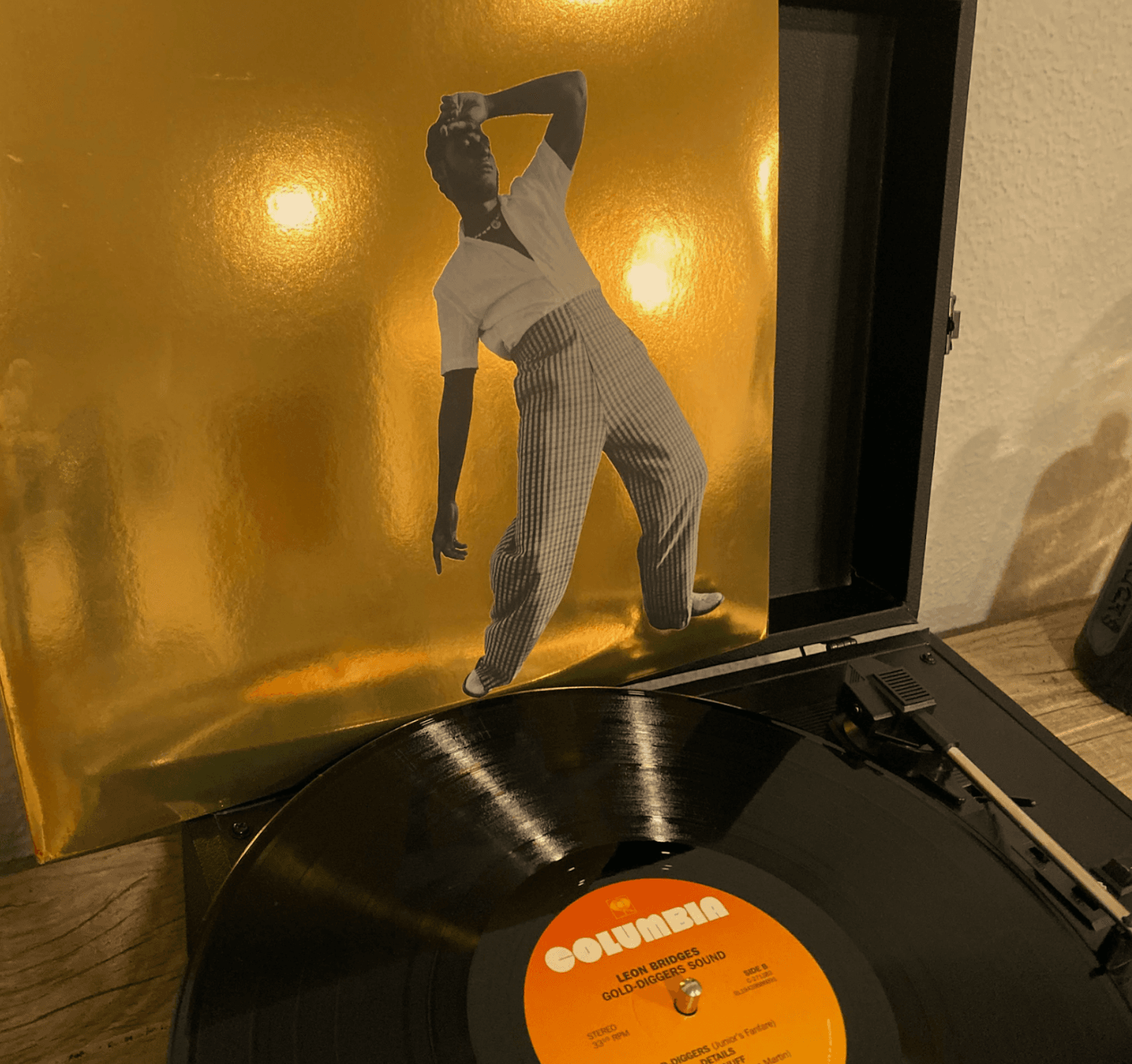Accessibility Tools
PMG Digital Made for Humans
Getting Started with Digital Marketing in India
John Greer
John Greer has written this article. More details coming soon.
Numbers in India tend to be big, from cricket matches which can draw hundreds of millions of viewers, tickets sold to Bollywood films in the billions, or the world’s second largest population of over 1.3 billion people. Maybe this is fitting from the region that invented our modern number system.
India is an enormous market that many international brands are investing in. Fluency in English is common, mobile phone ownership is booming, and the economy is growing. Succeeding in digital marketing in India is possible by gaining local expertise.
By 2025, McKinsey predicts India will have an astounding 69 cities with more than one million people. And the year before, the UN projects India will overtake China as the most populated country in the world.
The growing population is in the midst of an economic boom that has led to a larger middle class, rising spending per capita, and a reduction in the official poverty rate of 45% in 1994 to 22% in 2012. At the same time, access to health care, sanitation, and other staples of modern life is an issue for millions.
India is the second largest English speaking population in the world, which can be a big advantage for US and global companies. English usage is also rapidly growing among urban youth. It’s important to know though that only a minority of the country speaks English, and in most cases, it’s a second or third language.
Brands should also remember that most people prefer a brand to use their primary language, which can be difficult because of the number of widely spoken languages in India (there are 23 official languages!). YouTube, for example, has adjusted the videos to be more language specific based on the region and user history.
As with any country, marketers should get to know the local preferences and culture before diving in, especially a country and unique as India:
India has been mobile-first longer than many countries, yet overall internet and mobile phone adoption is lagging. 70% of India still doesn’t have Internet access, but the number of new people with access is increasing at a rapid pace of 90% per year.
According to Pew, the majority (51%) of Indian adults own a feature phone, while smartphones are only at 22%. Feature phone ownership is still growing even, in part due to high data service costs. Of those that own smartphones, Android is the dominant OS.
For search, Google is the dominant player by far, as in most countries. For India in particular, marketers should be aware of Google Web Light, lightweight web pages Google server to very slow mobile connections. Developers can inspect their pages at “googleweblight.com/_i?u=[insert URL]”_. In fact, SimilarWeb reports the Web Light site by itself as one of the top visited sites in India based.
One more area to consider with search is the usage of voice. A higher than average number (nearly half) of internet users in India report using voice assistance in the past month according to Global Web Index.
Facebook is India’s leading social media network and owns four of the top five platforms. As of 2017, Facebook reported 194 million users in India. Facebook’s WhatsApp is also widely used and the most popular messaging service, ahead of Facebook Messenger. Instagram stands as the fifth most popular social platform, according to Global Web Index.
According to Deep Kalra, CEO of Make My Trip, being on top of these trends can be a difference maker:
By being one of a handful of companies to partner with WhatsApp in the rollout of their enterprise products in India, we’re now able to reach a vast majority of customers in India who are coming online for the first time.
For video, YouTube is the leader. As mentioned, they’ve extended their capabilities with local languages to further their stronghold in the market.
Don’t sleep on LinkedIn either. India has the second largest user base globally, according to HootSuite.
India’s online retailers have been a hot commodity recently. In May, Walmart bought the leading retailer, Flipkart, for $16 billion. Started by Amazon alumni, Flipkart is especially strong in the categories of clothing and mobile phone sales.
Amazon is also a major player in India with a 31% share of the market according to Forrester. For brands already selling and advertising on Amazon, that can be an advantage for entry. And Amazon may soon increase their share — SEMRush data shows that Amazon is driving more Google traffic than Flipkart in organic search by 2x and in paid search by a huge 20x.

Amazon
Flipkart
Any digital retailer should understand the online and offline shopping opportunities and markets in India. According to the Harvard Business Review,
“India has over 10 million mom-and-pop retail outlets and they do an amazing job of servicing urban and rural neighborhoods with their most common daily needs. With rising aspirations across the country, consumers in large and small towns desire a wider range of products that are not easily stocked by the local shop.”
At the same time, India is in the midst of cultural changes. With the increasing urbanization, busy professionals are looking for faster food options and making bulk purchases from larger stores. According to one study, “the Indian consumer has become much more open-minded and experimental,” leading to wider acceptance of foreign brands.
And yes, Cricket and Bollywood are still big – they combined for all five of the top most searched terms on Google in 2017.
Festivals and holidays are also important to keep in mind for shopping. Diwali is the biggest one, but Raksha Bandhan, Holi, and others are also key dates to know. According to Gaurav Deshpande from PMG’s analytics team,
“Many people wait to do their shopping until festivals to find deals. More and more, festival shopping is done on Amazon and Flipkart. For me, Diwali is my favorite because it is considered one of the auspicious occasions where people make large purchases. It is the time when people meet their families and lots of gifts are exchanged.”

Increased incomes have led to more opportunities for locals to travel both within India and internationally. Foreign travel into the country is growing as well. By 2028, India is expected to become the fourth-largest travel and tourism economy. According to Skift, India’s government has made “serious efforts to boost investments in [the country’s] tourism sector.” The appeal is certainly clear given India’s diverse landscapes from jungles to the Himalayan mountains, exotic animals like tigers and elephants, and historic sites like the Taj Mahal.
Given the wide disparities in Internet access, mobile phones, language, geography, and income, India can be as complex as operating in several different countries.
Target the right audience, tailor your messages, and adjust for seasonal shopping.
Find product and pricing niches that fit with the economic and consumer changes underway.
Think about how the consumer journey will change for users with slow mobile connections of feature phones.
Leverage your existing skills within Google, Facebook, Amazon, and other familiar platforms to start testing the market.
Stay in touch
Bringing news to you
Subscribe to our newsletter
By clicking and subscribing, you agree to our Terms of Service and Privacy Policy









